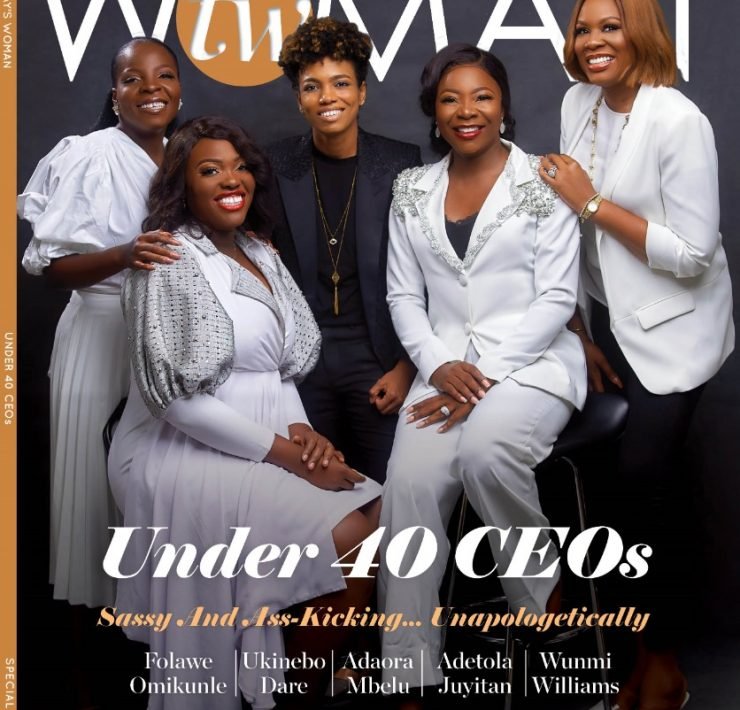Women in tech: Not just a technology trend

Think about the top bosses at all the biggest tech companies. Zuckerberg, Gates, Cook, Dorsey. They’re all men and all look pretty similar. There’s a big diversity problem in tech and we’re only really becoming aware of it now. The need for an increased number of women in tech is not just a technology trend. It’s an urgent need which needs to see increased involvement and investment from role players at every stage of the education and employment pipeline.
LinkedIn recently analysed how women in tech fared among the top 100 highest paying jobs in America. Their findings? Not good. Among the highest paying jobs, women were on average in just 30{54d2fcdcd494adb6982253be6fe8d5492e5f586157f419110131714f9092ec60} of these roles.
Women in tech are highly underrepresented
Industries where women were “highly underrepresented” were technology, engineering, and information security. On the other hand, industries where women were well represented included HR, marketing, and healthcare.
The study concludes: “Overall, there is work to be done to encourage women to enter historically male-dominated professions like healthcare and technology.”
“The consequences are real and painful. If the pay gap were closed, the average working woman would earn over half a million dollars more in her lifetime. The number of working women living in poverty would be cut in half,” said Sandberg on her Facebook account.
“Every woman deserves to get paid what she’s worth. When women are paid less than men, it doesn’t just hurt women. It hurts our families, our businesses, and our communities. Equal pay affects all of us – and it will take all of us to fix it.”
Research has been conducted which shows that men and women working the same jobs earn different salaries. In one memorable Yale University study, two almost identical student job applications were sent out – with one major difference. The applications were sent from two different names – John and Jennifer. Results showed that both male and female faculty members were biased toward hiring male students over female students.
A recent McKinsey study points to problems taking place early on in women’s schooling and studies.
“The technology sector typifies these challenges. Women hold 37 percent of entry-level roles, versus 45 percent for our overall sample, and underrepresentation continues at each stage of the pipeline. Not surprisingly, 38 percent of women in technology feel that their gender will make it difficult for them to advance in the future. These figures are among the highest across all sectors surveyed.”
The study concludes with a call for problems throughout the pipeline to be addressed consistently with significant investment rather than jumping yearly from one issue to the next.
Source – Clickatell
Sign Up to Our Newsletter
Get notified about exclusive offers every week!











